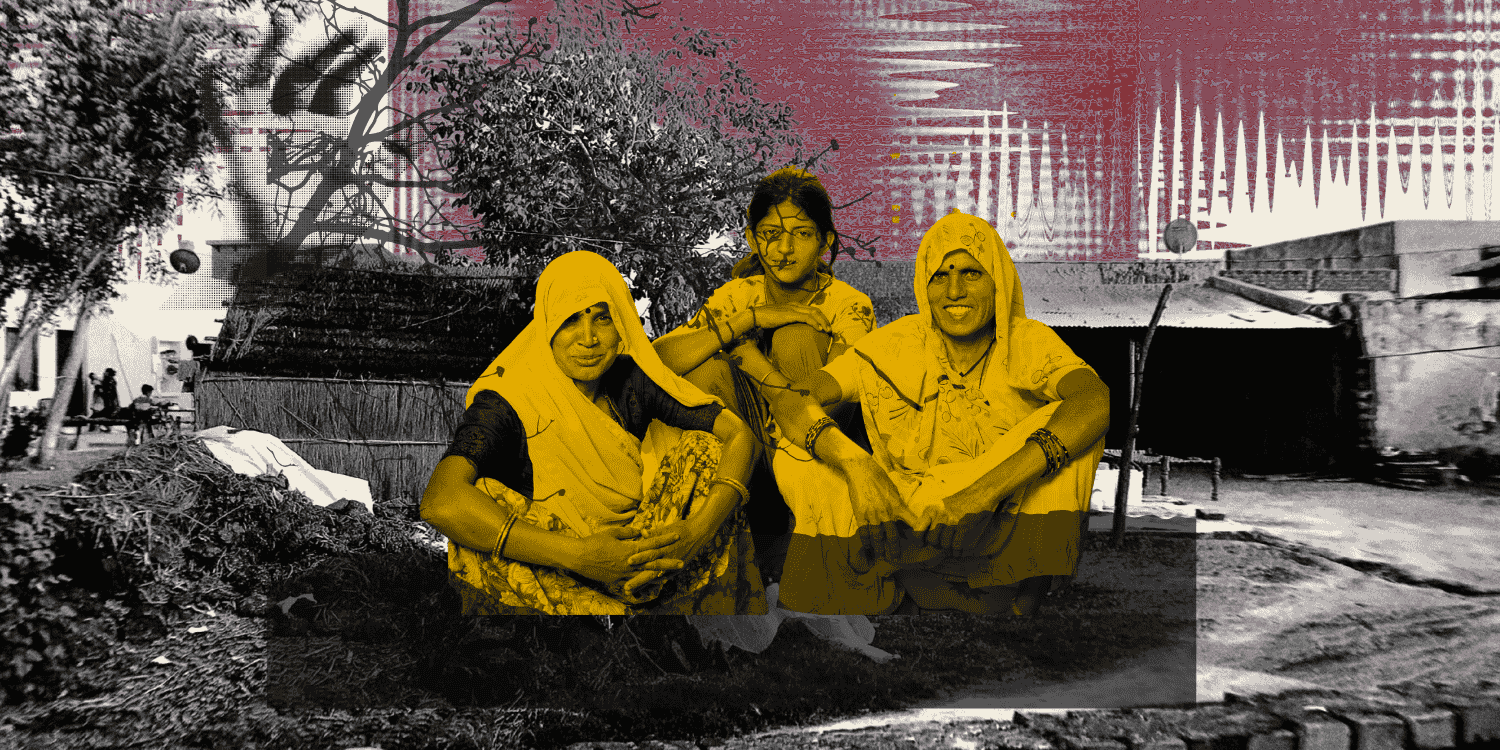ABSTRACT
Sustainability has become the central concern in agricultural systems in India, as farmers, mostly small and marginal, are grappling with the environmental impact of chemical-intensive farming, declining farm incomes, as well as adverse impacts of climate change on crop yields. This issue brief, the second in SPRF’s series on Indian agriculture, analyses the policy responses since 2014 to concerns regarding the sustainability of farm incomes, crop yields, and current agricultural practices. It also briefly looks at the effects of the COVID-19 lockdown on the agricultural supply chain and the efficacy of the government’s response to offset these effects.
CONTEXT
The first in the series of issue briefs on Indian agriculture deliberated why sustainability has become the central concern in agricultural systems across the world. It was observed that this concern is more pronounced in countries like India where small and marginal farmers grapple with rising input costs and debts, increasing water scarcity amidst the dominance of water-intensive crops like rice and sugarcane, land degradation, and progressively frequent climate disasters like floods and droughts. The issue of sustainability in Indian agriculture was analysed by trifurcating it into the following dimensions – the ecological impact of agricultural practices, low farmer incomes, and the threat of climate change on crop yields (Bisht 2019). Since the last brief was published, the world has been facing the COVID-19 pandemic. Inevitably, crop production, agricultural supply chains, and farmers’ incomes have suffered across the world, including in India. Beyond the immediate challenges and policy responses, there is a need to understand what will entail for agriculture in the country in a post-COVID world and reorient agricultural policies to build resilience.
This issue brief picks up from the last and attempts to evaluate India’s recent (mostly post-2014) policy responses to the problem of sustainability in agriculture. It primarily analyses central government policies on agriculture aimed at improving farmer incomes, limiting the impact of agriculture on the environment and making farming climate-adaptive. Additionally, it attempts to list some key effects of the pandemic on agricultural systems in India and how effective policymaking can help agriculture be resilient to such shocks in the future.
AGRICULTURE POLICY MAKING IN INDIA
Agriculture is a state subject under the Indian constitution. This means that even though the central government steers the overall approach in agricultural policies and, crucially, disburses funds for their state-level implementation, states have the responsibility and the right to implement agricultural schemes tailored to their context. States may choose to implement central government schemes partially or not at all. This is a reasonable framework considering the diverse ecological regions in the country that would require interventions suited to the local conditions instead of one-size-fits-all policies.




